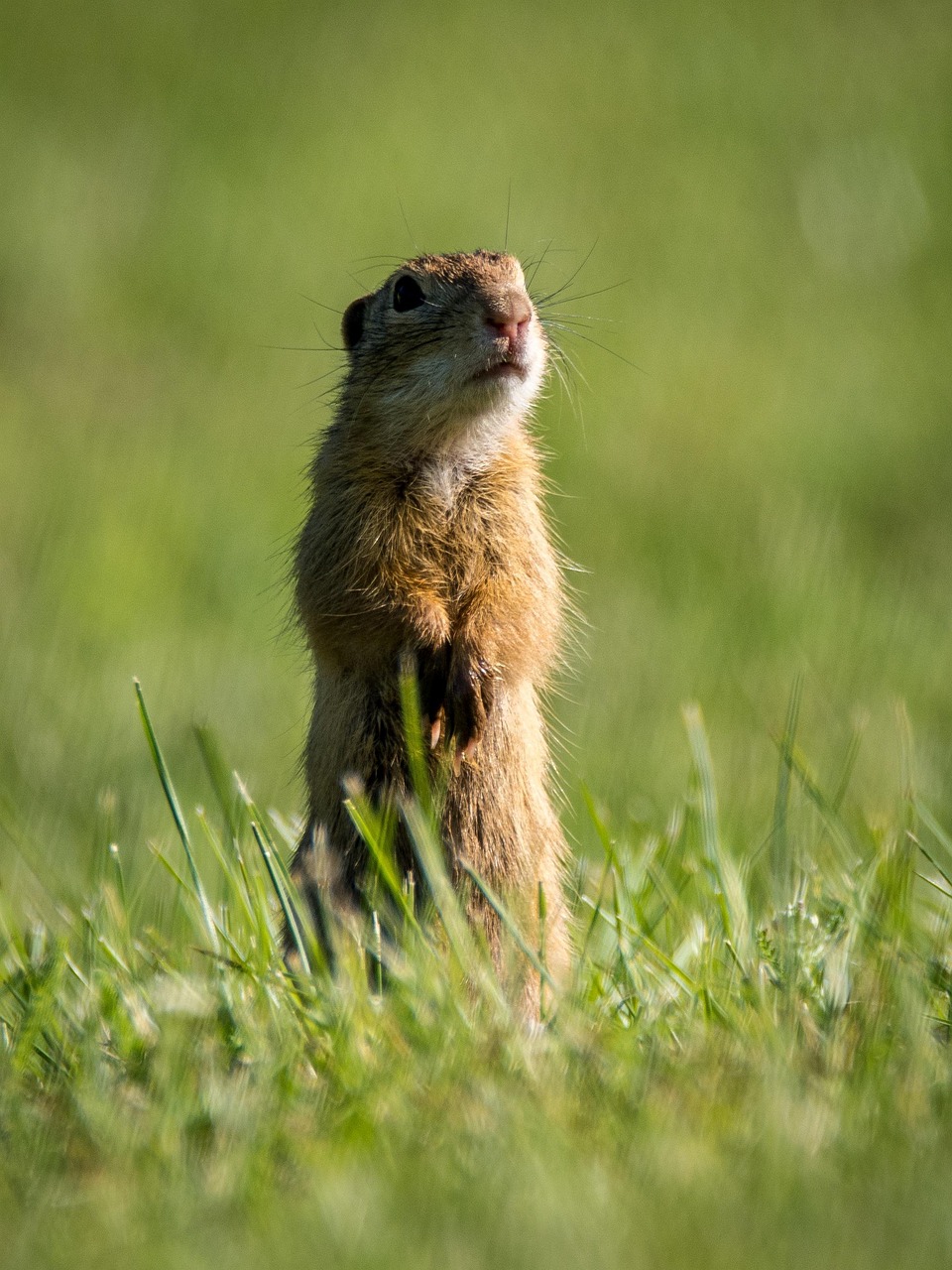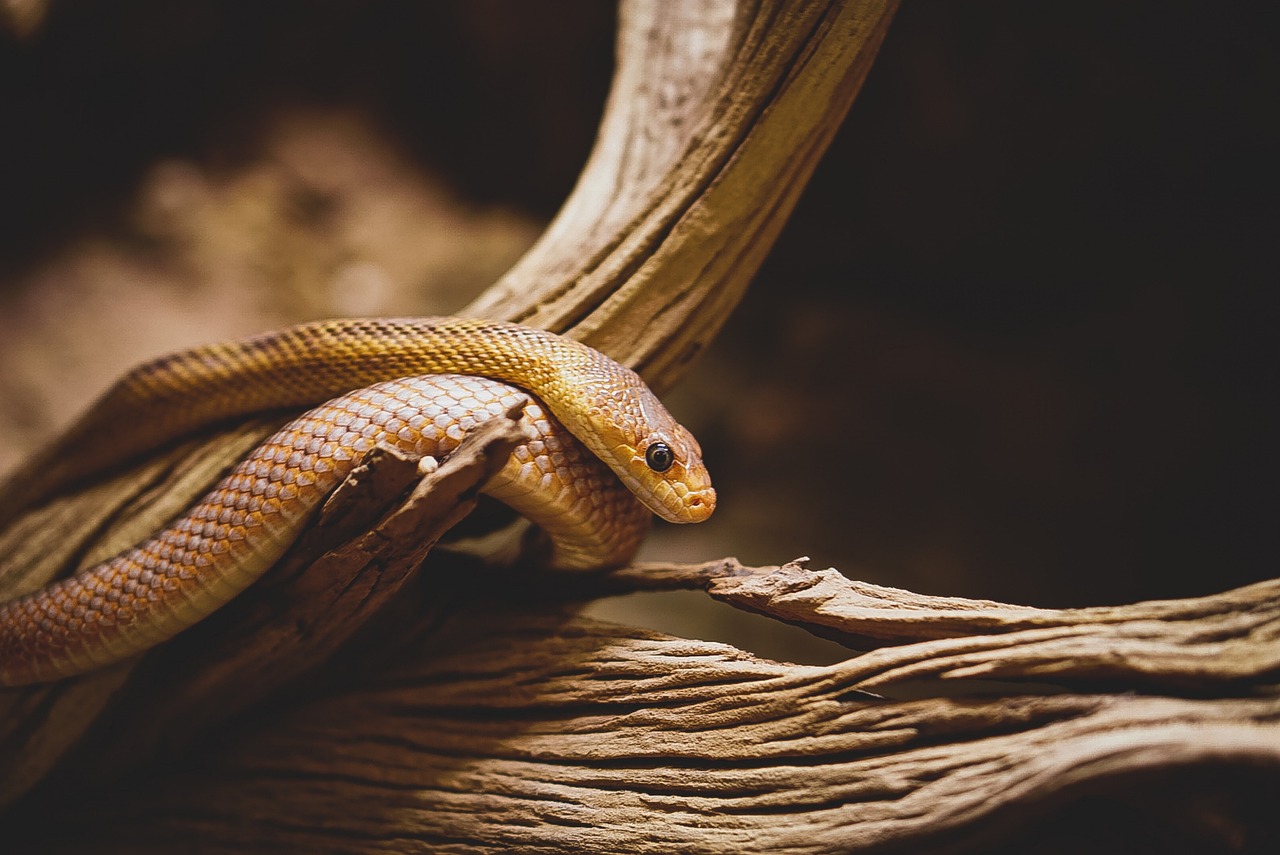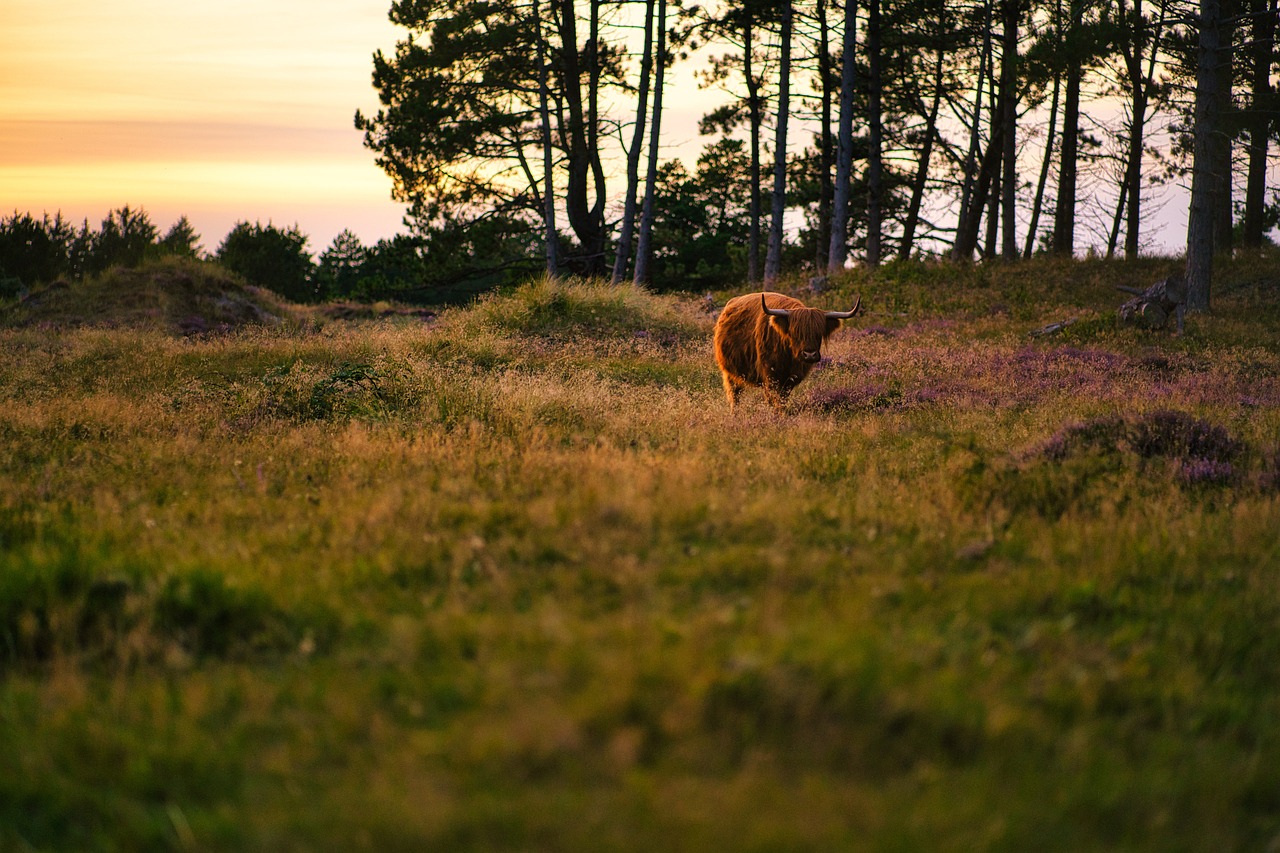The Bull Snake and Gopher Snake are often confused due to their similar appearances. Bull Snakes typically have a lighter background with dark brown or black blotches, while Gopher Snakes feature a more yellowish hue with darker markings. Their ranges also differ, with Bull Snakes found primarily in the Great Plains and Gopher Snakes distributed across the western United States.
Understanding the Bull Snake and Gopher Snake

Both the Bull Snake (Pituophis catenifer sayi) and the Gopher Snake (Pituophis catenifer) belong to the colubrid family. They share many similarities but also possess distinct traits that help in their identification. Understanding these differences is crucial for enthusiasts, researchers, and anyone interested in herpetology.
The Bull Snake is known for its impressive size, reaching lengths of up to 8 feet. It is a non-venomous constrictor, primarily feeding on small mammals, birds, and eggs. The Gopher Snake is slightly smaller, averaging between 3 to 6 feet in length. Like its counterpart, it is also a constrictor and feeds on similar prey.
Identification Markings
When it comes to identifying these two snakes, their markings play a significant role. The coloration and pattern on their scales can vary greatly based on their habitat and individual genetics.
| Feature | Bull Snake | Gopher Snake |
|---|---|---|
| Color Base | Light yellow to cream | Yellow to light tan |
| Markings | Dark brown or black blotches | Dark brown or black spots |
| Head Shape | Broad and flattened | Narrower and elongated |
| Tail Coloration | Often has a darker tail tip | More uniform coloration |
The Bull Snake’s coloration tends to be more striking with prominent blotches that create a contrasting appearance against its lighter body. In contrast, the Gopher Snake’s markings are generally more subdued and can appear more mottled. This difference can make identifying the two easier in their natural habitats.
Geographical Range
The geographical range of these snakes is another important aspect of their identification. Understanding where each species is commonly found can assist in distinguishing between the two.
- Bull Snake: Primarily found in the central United States, including states like Nebraska, Kansas, and parts of South Dakota.
- Gopher Snake: More widespread across the western United States, including California, Nevada, and parts of Arizona and New Mexico.
The differences in their ranges often correlate with variations in habitat preferences. Bull Snakes typically thrive in grasslands and open areas where they can hunt effectively. Gopher Snakes are more adaptable and can be found in a variety of environments, including deserts and foothills.
Behavioral Traits
Behavior also differentiates these two species. Bull Snakes are known for their defensive behaviors, often mimicking rattlesnakes when threatened. They may hiss loudly and strike without biting when provoked. Conversely, Gopher Snakes tend to be calmer and less aggressive. They often rely on camouflage rather than confrontation to avoid predators.
Recognizing these behavioral traits can provide additional context when trying to identify these snakes in the wild. Understanding their habitats, markings, and behaviors can enhance the experience of observing them in their natural environments.
Habitat Preferences
Understanding the habitat preferences of the Bull Snake and Gopher Snake is crucial for identifying their presence in the wild. Each species has adapted to thrive in specific environments, which can provide insight into their behavior and lifestyle.
Bull Snake Habitat
The Bull Snake prefers open habitats that provide ample opportunities for hunting and basking. These environments include:
- Grasslands
- Prairies
- Open woodlands
- Farmlands and fields
In these settings, Bull Snakes often take advantage of burrows left by rodents or other animals. They are skilled climbers and may also be found in trees or shrubs when searching for prey.
Gopher Snake Habitat
In contrast, the Gopher Snake is highly adaptable and can be found in a wider range of habitats. Their preferred environments include:
- Deserts
- Scrublands
- Coastal dunes
- Grasslands
- Mountain foothills
This adaptability allows Gopher Snakes to thrive in varied conditions. They often make use of rocky outcrops and crevices as hiding spots from predators and during extreme weather.
Dietary Habits
Diet is another aspect that highlights the differences between the Bull Snake and Gopher Snake. Both species are constrictors and primarily eat similar types of prey, but there are notable preferences in their diets.
Bull Snake Diet
Bull Snakes are known for their diverse diet, which primarily consists of:
- Rodents (mice, voles)
- Birds (including nestlings)
- Eggs (from various birds)
Their hunting technique involves using their keen sense of smell to locate prey. Once they find a target, they strike quickly, wrapping around it to constrict and suffocate before consuming it.
Gopher Snake Diet
Similarly, Gopher Snakes have a varied diet, which may include:
- Small mammals (such as gophers and squirrels)
- Birds and their eggs
- Lizards
Their ability to consume a wide range of prey enables them to survive in diverse habitats where food sources may fluctuate.
Reproductive Behavior
The reproductive habits of both snakes also exhibit differences that can aid in identification. Understanding these behaviors can provide additional context about their life cycles.
Bull Snake Reproduction
Bull Snakes engage in breeding during the spring months. Notable aspects of their reproductive behavior include:
- Mating typically occurs between April and June.
- Females lay clutches of 6 to 24 eggs in sandy or loose soil.
- The eggs incubate for approximately two months before hatching.
Gopher Snake Reproduction
Gopher Snakes also breed in the spring, with some unique characteristics:
- Mating season occurs from late March to early June.
- Females can lay 4 to 18 eggs, which they leave to incubate on their own.
- The young are born in late summer or early fall, usually measuring around 12 to 15 inches long.
The different clutch sizes and incubation periods can help enthusiasts distinguish between these two species during breeding season.

Common Misconceptions
Despite their similarities, there are several misconceptions about Bull Snakes and Gopher Snakes that can lead to confusion. Clarifying these misunderstandings is essential for proper identification and appreciation of these fascinating reptiles.
Misidentification with Other Species
One of the most prevalent misconceptions is the confusion between Bull Snakes and other similar-looking species. Common misidentifications include:
- Western Hognose Snake: This species has a more pronounced upturned snout and distinctive coloration.
- Eastern Hognose Snake: Known for its unique defensive behaviors, including playing dead, which can be mistaken for the Bull Snake’s bluffing.
- Rattlesnakes: The defensive behavior of Bull Snakes mimics rattlesnakes, leading to potential confusion among untrained observers.
Recognizing the unique characteristics of each species is vital for accurate identification. Observing specific traits such as head shape, coloration, and behavior can aid in differentiating these snakes.
Behavioral Misconceptions
Another common misconception involves their behaviors. Many people believe that Bull Snakes are aggressive or dangerous due to their defensive mimicry of rattlesnakes. In reality:
- Bull Snakes are generally non-aggressive and prefer to avoid confrontation.
- Their hissing and striking behavior is primarily a defensive response.
- Gopher Snakes are often viewed as less intimidating, but they can also display defensive behaviors when threatened.
Understanding these behavioral traits can foster a greater respect for both species and reduce unnecessary fear.
Conservation Status

The conservation status of both Bull Snakes and Gopher Snakes varies by region. Their populations face different threats, which makes conservation efforts important to maintain their numbers in the wild.
Bull Snake Conservation
Bull Snakes have experienced population declines in certain areas due to habitat loss and human encroachment. Factors affecting their conservation include:
- Habitat Destruction: Agricultural development and urbanization have led to significant habitat loss.
- Road Mortality: Many Bull Snakes are killed on roads as they cross to hunt or breed.
- Pest Control: Farmers may perceive them as pests, leading to intentional killing.
Conservation efforts focus on habitat restoration and education to promote understanding of the ecological role of Bull Snakes.
Gopher Snake Conservation
The Gopher Snake also faces challenges, though its adaptable nature allows for larger population stability in some areas. Key concerns include:
- Urban Development: As urban areas expand, natural habitats are fragmented, impacting Gopher Snake populations.
- Pesticide Use: The use of pesticides can reduce prey availability and directly harm Gopher Snakes.
- Climate Change: Changes in climate can affect their habitats and food sources, leading to potential disruptions in their life cycles.
Conservation initiatives aim to protect Gopher Snake habitats and encourage sustainable agricultural practices that minimize pesticide use.
Importance of Education and Awareness
Education plays a crucial role in the conservation and understanding of both Bull Snakes and Gopher Snakes. Increasing awareness can help mitigate negative perceptions and promote coexistence.
- Community Programs: Local organizations can host workshops and events to educate the public about these species.
- School Education: Incorporating herpetology into school curriculums can foster interest in wildlife conservation from a young age.
- Online Resources: Websites and social media platforms can provide valuable information about snake identification and conservation efforts.
By enhancing public knowledge, we can foster a deeper appreciation for these remarkable reptiles and contribute to their ongoing preservation in our ecosystems.
Challenges in Research and Conservation

Research on Bull Snakes and Gopher Snakes presents unique challenges. As both species inhabit diverse and often remote environments, studying their populations and behaviors can be logistically difficult. Some of the main challenges in research and conservation include:
- Funding Limitations: Many conservation programs rely on grants and donations, which may not always be available. This limits the scope of research projects.
- Access to Habitat: Some natural habitats are difficult to access due to geographical barriers or private land ownership, hindering comprehensive studies.
- Public Perception: Negative attitudes toward snakes can lead to reduced support for conservation initiatives and research funding.
Overcoming these challenges requires collaboration among scientists, conservationists, local communities, and policymakers. Building partnerships can enhance research effectiveness and promote broader conservation efforts.
Community Involvement in Conservation
Community involvement is vital for successful conservation of Bull Snakes and Gopher Snakes. Engaging local populations can lead to more effective protection strategies. Some ways communities can participate include:
- Citizen Science Projects: Involving community members in data collection can help scientists gather valuable information about snake populations and habitats.
- Local Advocacy: Communities can advocate for policies that protect natural habitats and promote sustainable land use practices.
- Educational Workshops: Hosting workshops can provide communities with tools to safely coexist with snakes and understand their ecological importance.
By fostering a sense of stewardship within communities, we can motivate individuals to play an active role in conservation efforts.
Final Thoughts
The Bull Snake and Gopher Snake are remarkable species that contribute significantly to their ecosystems. Understanding their identification markings, habitats, and behaviors enhances our appreciation for these snakes. Both species face challenges due to habitat loss, misconceptions, and environmental changes. However, through education and community engagement, we can mitigate these threats and promote coexistence.
As we continue to learn about these fascinating reptiles, it is essential to share this knowledge with others. By raising awareness about their roles in our environment, we can foster a healthier relationship between humans and wildlife. Ultimately, the preservation of Bull Snakes and Gopher Snakes is not just about protecting a species; it is about maintaining the balance of our ecosystems and ensuring a thriving environment for future generations.
In conclusion, whether you are a seasoned herpetologist or simply a nature enthusiast, understanding the differences between Bull Snakes and Gopher Snakes enriches our connection to the natural world. By appreciating their unique characteristics and advocating for their conservation, we contribute to a more sustainable future for all wildlife.
